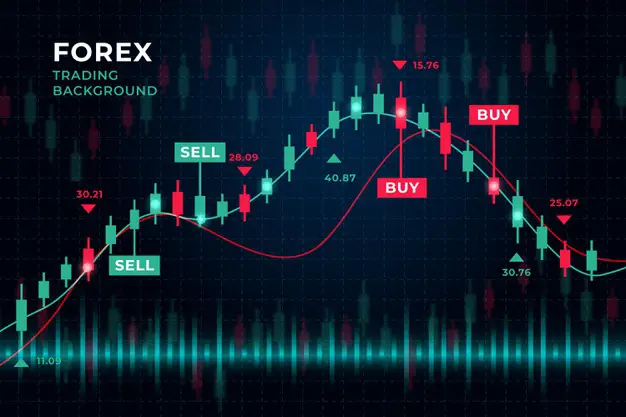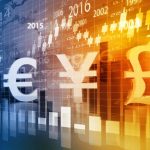The foreign exchange market, commonly known as forex, is a dynamic global marketplace where currencies are bought and sold. Understanding how forex works is essential for anyone looking to participate in this expansive and decentralized financial ecosystem. In this article, we’ll unravel the mechanics of forex trading, exploring the key elements that drive this intricate market.
- Currency Pairs:
Forex trading involves the exchange of one currency for another, and currencies are traded in pairs. Each currency pair consists of a base currency and a quote currency. For example, in the EUR/USD pair, the euro is the base currency, and the U.S. dollar is the quote currency. The exchange rate indicates how much of the quote currency is needed to purchase one unit of the base currency.
- Bid and Ask Prices:
In any currency pair, there are two prices: the bid price and the ask price. The bid price is the amount a buyer is willing to pay for the base currency, while the ask price is the amount a seller is willing to accept. The difference between the bid and ask prices is known as the spread, representing the broker’s profit.
- Market Participants:
The forex market is a decentralized network that includes various participants, from individual retail traders to large financial institutions. Key players in the forex market include central banks, commercial banks, hedge funds, multinational corporations, and individual retail traders. Each participant contributes to the liquidity and volatility of the market.
- Market Influences:
Several factors influence currency values in the forex market. Economic indicators, such as GDP growth, employment rates, and inflation, impact a country’s economic health and, consequently, its currency. Geopolitical events, interest rate decisions, and trade balances also contribute to currency fluctuations. Traders carefully analyze these factors to make informed decisions about buying or selling currencies.
- Market Orders and Execution:
Traders use market orders to buy or sell a currency pair at the current market price. When a trader initiates a market order, the trade is executed instantly at the best available price. Alternatively, traders can use limit orders to specify the desired entry or exit price. Once the market reaches the specified price, the order is automatically executed.
- Leverage:
Leverage is a crucial aspect of forex trading, allowing traders to control a larger position size with a relatively small amount of capital. While leverage magnifies potential profits, it also increases the risk of significant losses. Traders must use leverage cautiously and be aware of its implications on their trading accounts.
- Trading Platforms:
Forex trading is conducted through online platforms provided by brokers. These platforms offer real-time market data, charting tools, and the ability to execute trades. Popular trading platforms include MetaTrader 4 (MT4) and MetaTrader 5 (MT5). Traders choose platforms based on their features, usability, and compatibility with their trading strategies.
- Risk Management:
Effective risk management is essential in forex trading. Traders implement risk management strategies such as setting stop-loss orders, which automatically close a trade at a predetermined price to limit losses. Diversification, careful position sizing, and maintaining a risk-reward ratio are crucial components of risk management.
- Continuous Trading:
One of the unique features of forex is its continuous trading hours. The market operates 24 hours a day, five days a week, as major financial centers around the world rotate. This continuous operation allows traders to react to global events and news in real-time.
Conclusion:
In summary, forex trading is a complex but accessible market where currencies are bought and sold based on supply and demand dynamics. Understanding how forex works involves grasping the concepts of currency pairs, bid and ask prices, market influences, and the execution of trades through online platforms. Traders navigate this dynamic market by analyzing economic indicators, implementing risk management strategies, and using tools provided by trading platforms. The continuous nature of the forex market offers opportunities for traders worldwide, making it a fascinating and ever-evolving arena for financial participation.








